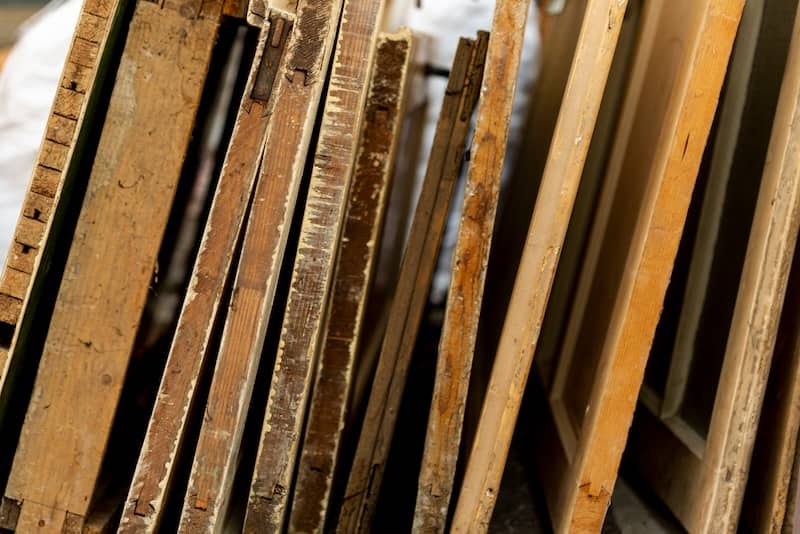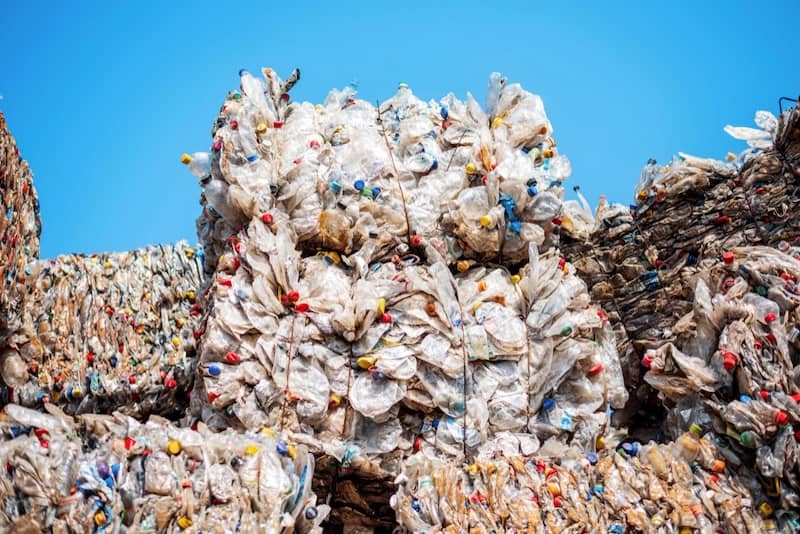Tire recycling is simpler than many recycling processes for other materials. The most straightforward method involves shredding the tires into pieces for use as tire-derived fuel. Things get a little more complicated when you start creating crumb rubber, powder rubber, or carbon black through pyrolysis. Still, the majority of the process involves end-of-life tires traveling through various tire cutters, tire grinders, and manufacturing screens. Even tire-derived fuel will need at least a tire shredder and some screening to ensure the shreds meet industry standards.
Have you ever wondered about starting your own tire recycling plant? This blog will help you understand what sort of screens are available to tire recyclers, the basic pros and cons of each type, and where they might be applied to the tire recycling process. While there are more screening options than the ones listed, these are the most common and useful in the tire recycling industry.
1. Trommel Screens
Trommel screens are cylindrical devices with perforated screens that rotate to separate materials based on size. In tire recycling, trommel screens are primarily used in the initial stages to remove large debris and size-reduce the tire shreds into manageable pieces.
Advantages:
- Efficient at removing oversized items, like steel belts and large tire chunks
- Minimal maintenance required
Disadvantages:
- Limited fine screening capabilities, which may result in some rubber pieces being larger than desired
- Prone to clogging when dealing with wet or sticky materials
Application: Trommel screens are commonly used right after the initial rough tire cutting to prepare tires for further processing in a tire shredder.
2. Vibrating Screens
Vibrating screens consist of a vibrating surface with different-sized holes or mesh that allows smaller particles to pass through while retaining larger ones. These screens are versatile and are found in many different industries.
Advantages:
- Excellent for separating rubber granules from finer contaminants like dust and textile fibers
- Highly customizable based on mesh size and amplitude
- Can be used in wet or dry environments
Disadvantages:
- Regular maintenance is necessary to prevent clogging or wear and tear
- Struggles to handle large pieces of tire material
Application: Vibrating screens are often used after tire shredding to separate rubber granules from foreign materials and dust.
3. Magnetic Screens
Magnetic screens may sound fancy, but in practice, they are quite simple. Large magnets attract and separate metal materials like steel wires from rubber particles.
Advantages:
- Highly efficient in removing steel wires and other contaminants like nails and bolts
- Low maintenance as there are no moving parts
- Increases the value of recycled rubber by removing valuable metals
Disadvantages:
- Only useful for removing metal contaminants
Application: Magnetic screens are typically placed in tire recycling lines after the initial shredding process to recover steel wires for resale. Almost all tire recycling plants will have these kinds of screens since tires are reinforced with steel wires to make them last longer on the road.
4. Air Classifiers
Air classifiers use air currents to separate materials based on density, size, and shape. They operate in a vertical cylinder with an uprising draft of air. The air carries light particles out the top and allows denser pieces to sink. They are effective at producing high-quality rubber granules.
Advantages:
- Precise separation of rubber granules based on size and density
- Effective removal of fine contaminants like dust and textile fibers
Disadvantages:
- Initial setup and maintenance can be expensive
- Energy-intensive process, which can increase operational costs
Application: Air classifiers are commonly used as a final step in tire recycling to produce fine, high-quality rubber granules suitable for various applications, such as rubberized asphalt or playground surfaces.
If you are curious about what these different screening methods look like, look up videos online or visit a local tire recycling center and ask for a tour.
Why Screen?
Like strainers for cooking pasta or drain covers on the street, screening equipment makes sure the end product of your system is free of contaminants. Quality control is still helpful to be confident you are supplying your clients with the high-quality product they are expecting.
Another benefit of screening is it allows you to sell the contaminants in tire rubber, such as nylon and metal, as a secondary source of income.
Conclusion
Innovation has designed multiple cheap and efficient ways to separate rubber pieces. Each type of screen has its unique advantages and disadvantages, making them suitable for specific applications within the tire recycling industry. Understanding these screens’ functions and characteristics is essential for achieving sustainable and profitable tire recycling operations. Choosing the right screen for the right application maximizes material recovery while minimizing waste and environmental impact. In this way, manufacturing screens play a crucial role in the tire recycling process.




